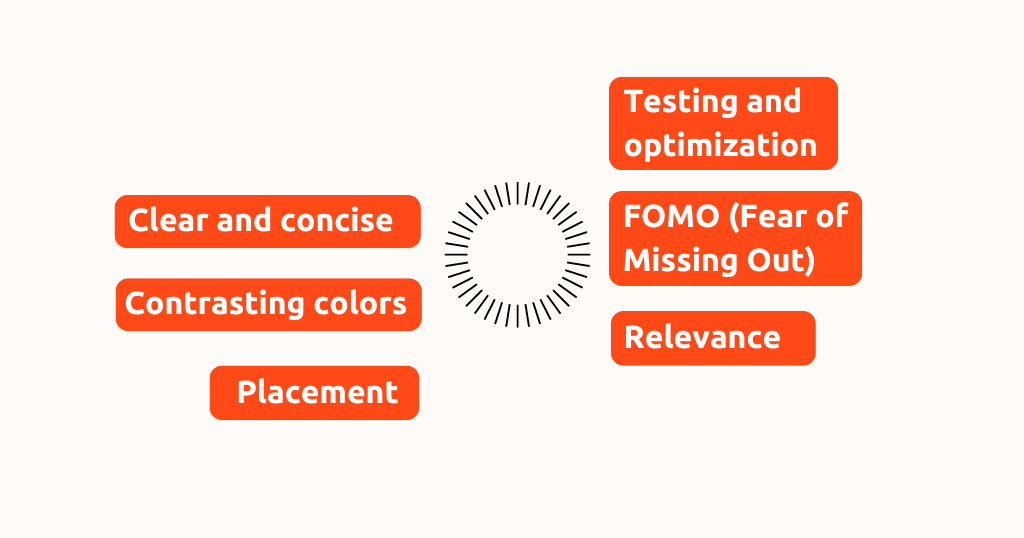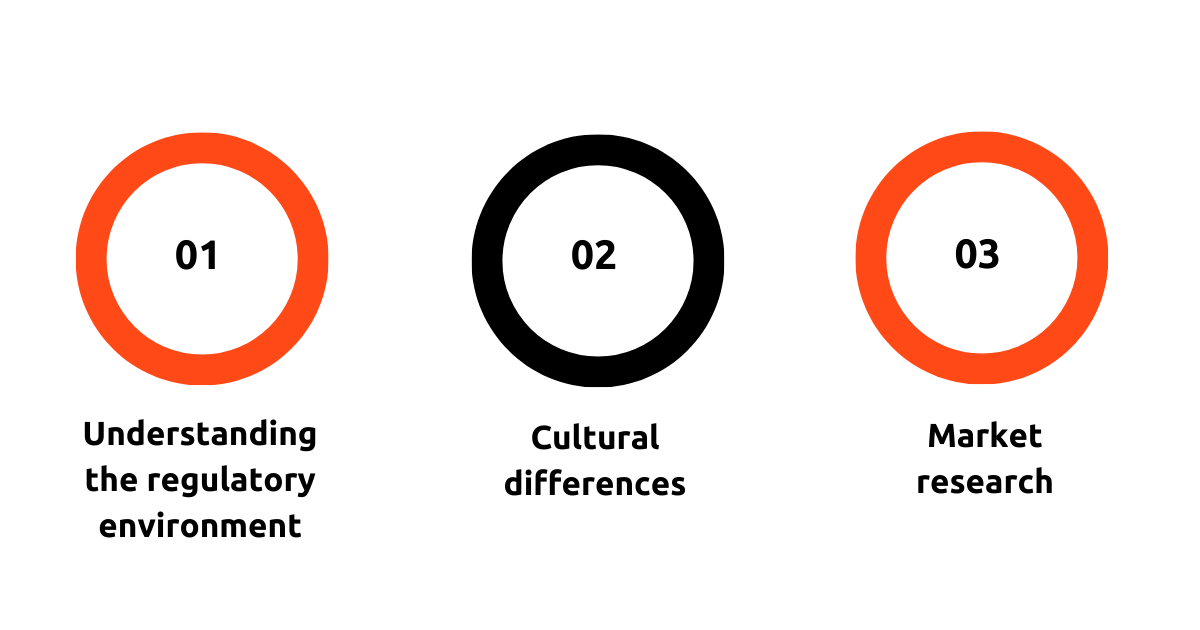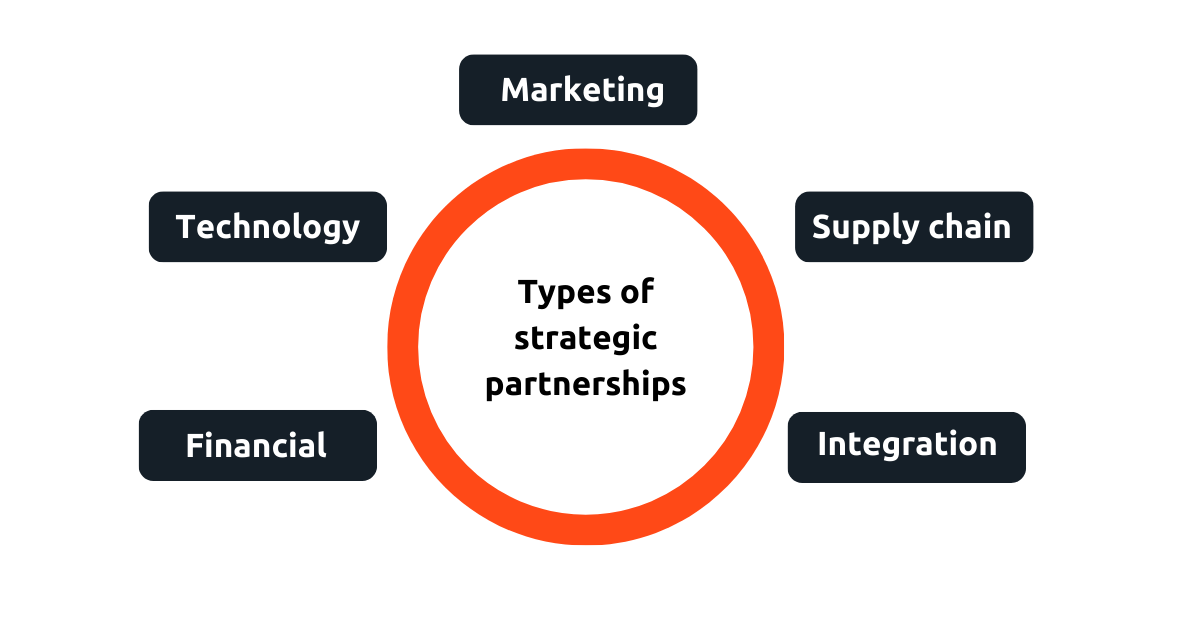The Power of User-Generated Content: Leveraging Authenticity for Brand Growth
In the digital age, where every interaction leaves a trace and every opinion holds weight, authenticity has become the currency of trust. Consumers are no longer swayed solely by polished advertising campaigns; instead, they seek genuine connections with brands that resonate with their values and experiences. This is where user-generated content (UGC) entered in! UGC taps into the raw, unfiltered voices of the audience.
In this age of social media dominance, where platforms like Instagram, TikTok, and Twitter become popular, the influence of UGC has soared to unprecedented heights. From captivating images and heartfelt testimonials to entertaining videos and insightful reviews, user-generated content has the power to shape perceptions, drive engagement, and ultimately, fuel brand growth. But what exactly is user-generated content, and why has it become the cornerstone of modern marketing strategies? Join us on a journey as we delve deep into the realm of UGC, exploring its transformative potential and uncovering how brands can leverage authenticity to unlock unparalleled success.
What is User-Generated Content (UGC)?
User-generated content refers to any form of content, such as photos, videos, reviews, testimonials, or social media posts, created by consumers rather than brands themselves. This content is often shared on social media platforms, forums, or review sites and can have a significant impact on brand perception and buyers purchasing decisions.
The Authenticity Advantage of User-Generated Content
One of the key reasons why user-generated content is so powerful is its authenticity. Unlike traditional marketing content, which is often perceived as biased or overly promotional, UGC is created by real people, sharing their genuine experiences with a brand or product. This authenticity resonates with other consumers, fostering trust and credibility in ways that traditional advertising cannot match.
Benefits of Leveraging User-Generated Content
Let’s explore the myriad benefits that businesses can reap by embracing and harnessing the potential of user-generated content in their marketing strategies.
1. Building Trust
Building trust through leveraging user-generated content (UGC) is a cornerstone strategy for businesses aiming to establish credibility and foster authentic connections with their audience. User-generated content, ranging from reviews and testimonials to social media posts and product photos, serves as powerful social proof that can significantly influence purchasing decisions. By incorporating UGC into their marketing efforts, businesses demonstrate transparency and reliability, showcasing real-life experiences and opinions from satisfied customers. This transparency builds trust by providing potential customers with genuine insights into the product or service, helping to alleviate doubts or skepticism they may have.
Moreover, UGC often resonates more strongly with consumers than branded content because it feels more authentic and relatable. When individuals see others like themselves endorsing a product or service, they are more likely to trust the brand and feel confident in their purchasing decisions. Leveraging user-generated content not only enhances brand credibility but also cultivates a sense of community and trust among customers, ultimately driving engagement, loyalty, and sales.
2. Enhancing Engagement
Leveraging user-generated content (UGC) is a powerful strategy for enhancing engagement between businesses and their audience. UGC, fosters a dynamic interaction between brands and consumers, leading to increased engagement levels. One key way UGC boosts engagement is by encouraging active participation from customers. When individuals see their content featured by a brand, whether it’s a photo shared on social media or a review posted on a website, they feel valued and recognized. This acknowledgment motivates them to further engage with the brand, whether it’s by sharing more content, participating in discussions, or interacting with other users.
Additionally, UGC sparks conversations and facilitates genuine interactions among customers. When people see others sharing their experiences or opinions about a product or service, they are more likely to join the conversation, share their own thoughts, or seek advice from fellow consumers. This community-driven engagement creates a sense of belonging and fosters a loyal customer base. Furthermore, UGC humanizes the brand by showcasing real people and their authentic experiences. This authenticity resonates with consumers, leading to deeper connections and increased trust in the brand. As a result, customers are more likely to engage with UGC and share it with their networks, further amplifying the brand’s reach and engagement. Leveraging user-generated content not only increases engagement levels but also strengthens the relationship between brands and consumers, leading to long-term loyalty and advocacy.
3. Amplifying Reach
Utilizing user-generated content (UGC) is an effective strategy for amplifying reach and expanding brand visibility. Firstly, when customers share their experiences with a product or service through UGC on social media platforms, they are essentially acting as brand advocates. Their posts reach their own networks of friends, family, and followers, potentially exposing the brand to new audiences that might not have been reached through traditional marketing channels. Moreover, UGC tends to have higher credibility and authenticity compared to branded content. When people see real customers sharing their positive experiences or showcasing products in real-life scenarios, they are more likely to trust the information and engage with the content. This trust leads to higher engagement rates and increases the likelihood of the content being shared further, thus expanding the brand’s reach organically.
Additionally, UGC can also be leveraged by brands to create more personalized and targeted marketing campaigns. By curating and repurposing user-generated content, businesses can tailor their messaging to specific audience segments, increasing relevance and resonance. This personalized approach enhances the likelihood of reaching and resonating with potential customers across various demographics and interests. By harnessing the power of user-generated content, brands can amplify their reach far beyond their own marketing efforts, tapping into the vast networks of their satisfied customers and followers. This broader reach not only increases brand visibility but also cultivates a community of engaged advocates who continue to promote the brand through their authentic experiences and endorsements.
4. Driving Conversions
Leveraging user-generated content (UGC) can be a potent driver of conversions for businesses. One key way UGC drives conversions is by building trust and credibility with potential customers. When individuals see authentic experiences and opinions from fellow consumers, they are more likely to trust the brand and feel confident in making a purchase. Positive UGC reassures potential buyers that others have had satisfactory experiences with the product or service, thereby reducing uncertainty and hesitation. Moreover, UGC provides real-life examples of the product or service in action, helping potential customers envision themselves using it. Whether it’s seeing photos of happy customers using a product or reading glowing reviews about its benefits, UGC helps create a sense of desire and urgency, motivating individuals to take action and make a purchase.
Additionally, UGC often resonates more strongly with consumers than branded content because it feels genuine and relatable. When people see others like themselves endorsing a product or service, they are more inclined to believe the authenticity of the message and are thus more likely to convert. Furthermore, UGC can serve as valuable social proof across various stages of the buyer’s journey, from initial awareness to final purchase decision. By strategically incorporating UGC into marketing campaigns, businesses can effectively guide potential customers through the conversion funnel, nudging them closer towards making a purchase. Overall, leveraging user-generated content not only boosts trust and credibility but also inspires confidence and drives conversions by providing real-life examples and authentic endorsements that resonate with potential customers. By harnessing the power of UGC, businesses can significantly increase their conversion rates and ultimately drive revenue growth.
Strategies for Harnessing the Power of UGC
Let’s check out the effective strategies that businesses can employ to leverage the power of user-generated content to drive brand awareness, foster authenticity, and nurture meaningful relationships with their customers.
1. Create Branded Hashtags
Harnessing the power of user-generated content (UGC) is a pivotal strategy for brands aiming to amplify their online presence and foster deeper engagement with their audience. One effective tactic within this strategy is the creation and promotion of branded hashtags. Branded hashtags serve as a bridge between the brand and its community, empowering users to contribute content while associating it directly with the brand. By establishing unique, catchy hashtags that encapsulate the brand’s essence or specific campaigns, companies can encourage users to share their experiences, opinions, and creations within the framework provided by the hashtag. This not only facilitates organic content creation but also enables brands to track and curate UGC easily, fostering a sense of community and belonging among their followers.
Moreover, branded hashtags can significantly enhance the visibility and reach of a brand’s content across various social media platforms. When users engage with branded hashtags by incorporating them into their posts, they effectively become brand advocates, amplifying the brand’s message to their own networks. This user-driven dissemination of content not only expands the brand’s digital footprint but also lends authenticity and credibility to its marketing efforts. Furthermore, leveraging branded hashtags in conjunction with user-generated content can initiate conversations, spark trends, and cultivate a vibrant online community centered around the brand, ultimately driving brand awareness, loyalty, and ultimately, conversions. By strategically integrating branded hashtags into their marketing initiatives, brands can tap into the immense potential of UGC to forge meaningful connections with their audience and propel their digital marketing endeavours to new heights.
2. Run Contests or Challenges
Running contests or challenges is a dynamic strategy for harnessing the power of user-generated content (UGC) and fostering active engagement with a brand’s audience. By designing contests or challenges that encourage participants to create and share content related to the brand, companies can stimulate creativity and drive interaction. Whether it’s asking users to submit photos, videos, or written entries showcasing their experiences with the brand’s products or services, contests and challenges provide a structured framework for UGC generation. This not only generates excitement among existing followers but also attracts new participants who are eager to showcase their talents and potentially win prizes or recognition.
Moreover, contests and challenges serve as powerful tools for expanding a brand’s reach and visibility across social media platforms. When participants share their entries, they inherently promote the brand to their own networks, amplifying its message and potentially reaching audiences that may not have been exposed to the brand otherwise. Additionally, the competitive aspect of contests and challenges can stimulate increased engagement and participation as participants contend for prizes or bragging rights. By strategically designing contests and challenges that align with the brand’s values and resonate with its target audience, companies can inspire a steady stream of user-generated content, enrich their digital presence, and cultivate a community of loyal and enthusiastic brand advocates.
3. Feature User Stories
Featuring user stories is a strong strategy for harnessing the power of user-generated content (UGC) and fostering authentic connections between a brand and its audience. By highlighting the experiences, testimonials, and successes of real users, companies can showcase the tangible impact of their products or services on people’s lives. User stories add a human element to the brand’s marketing efforts, making them relatable and compelling to potential customers. Whether it’s through written testimonials, video testimonials, or social media posts, featuring user stories allows brands to leverage the authentic voices of their satisfied customers to build trust and credibility.
Furthermore, featuring user stories can serve as a catalyst for community engagement and brand advocacy. When users see their own stories being shared by the brand, it fosters a sense of validation and appreciation, strengthening their connection to the brand. This, in turn, encourages them to further engage with the brand, whether it’s by sharing their own stories, participating in discussions, or advocating for the brand within their own networks. By amplifying user stories across various marketing channels, companies can not only inspire confidence in potential customers but also cultivate a loyal community of brand ambassadors who are eager to share their positive experiences and contribute to the brand’s narrative.
4. Engage and Reward Contributors
Engaging and rewarding contributors is a strategic approach for harnessing the power of user-generated content (UGC) and fostering a sense of appreciation and loyalty among the brand’s audience. By actively engaging with users who create and share content related to the brand, companies can cultivate a strong sense of community and collaboration. This can involve acknowledging and responding to user-generated content through likes, comments, or shares, thereby demonstrating that the brand values and appreciates the contributions of its audience. Additionally, brands can further incentivize UGC creation by offering rewards or incentives to contributors, such as discounts, exclusive access to events or products, or even featuring their content on the brand’s official channels. These rewards not only motivate users to actively participate but also create a reciprocal relationship where users feel valued for their contributions.
Moreover, engaging and rewarding contributors can fuel a cycle of continuous UGC generation, as users are encouraged to continue sharing their experiences and content with the brand. This ongoing dialogue and interaction not only deepen the connection between the brand and its audience but also amplify the brand’s reach and influence as users share their positive experiences with their own networks. By fostering a culture of appreciation and recognition for user-generated content, brands can harness the collective creativity and enthusiasm of their audience to fuel their marketing efforts and drive meaningful engagement and loyalty over the long term.
5. Monitor and Moderate
Monitoring and moderating user-generated content (UGC) is a critical strategy for harnessing its power while maintaining brand integrity and reputation. By closely monitoring UGC across various platforms, brands can stay informed about what their audience is saying, sharing, and experiencing in relation to their products or services. This allows brands to identify trends, sentiments, and potential issues in real-time, enabling them to respond promptly and appropriately. Moreover, monitoring UGC provides valuable insights into consumer preferences, behaviours, and perceptions, which can inform future marketing strategies and product development initiatives.
Additionally, moderation of UGC ensures that the content shared aligns with the brand’s values, guidelines, and community standards. This involves implementing clear guidelines and policies for acceptable content and taking proactive measures to address any inappropriate or harmful content swiftly. By maintaining a safe and positive environment for user engagement, brands can foster trust and loyalty among their audience while mitigating the risk of reputational damage. Effective moderation also involves engaging with users respectfully and transparently, whether it’s by addressing concerns, providing assistance, or acknowledging positive contributions, thereby fostering a sense of community and mutual respect. Overall, monitoring and moderating UGC are essential strategies for brands to harness its power while safeguarding their reputation and fostering a positive brand image.
# Conclusion
User-generated content (UGC) has become an invaluable asset for brands seeking to thrive in the dynamic realm of digital marketing. By harnessing the authentic experiences and voices of their customers, brands can foster trust, deepen engagement, and expand their reach organically. Incorporating user-generated content into marketing strategies is not just a trend; it’s a strategic imperative for brands aiming for sustained growth and relevance in today’s competitive landscape. As we navigate this digital age, the power of authentic storytelling cannot be overstated.
So, dear readers, how will you harness the potential of user-generated content (UGC) to elevate your brand and foster meaningful connections with your audience? Share your strategies in the comments below!



















